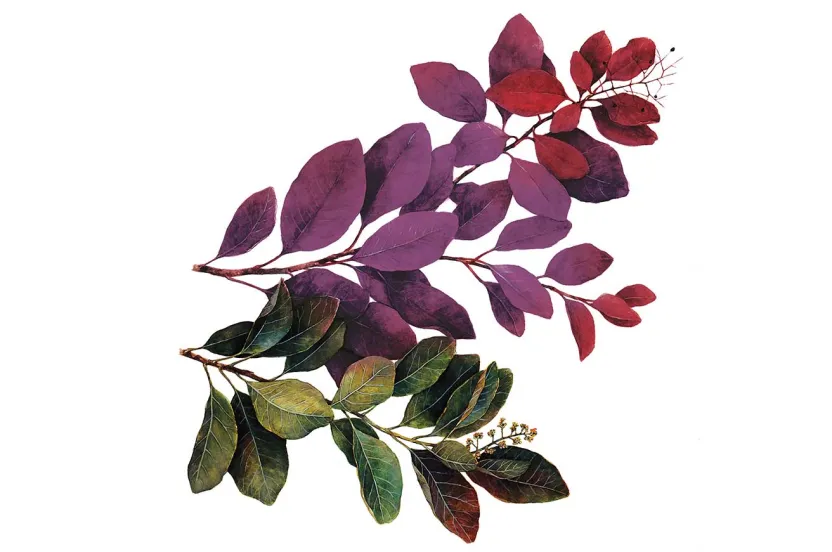Now live: The 2025 Canopy Report. Learn how Americans see trees. GET THE REPORT
Carya illinoinesis
The pecan tree has been around since before the formation of the United States. A member of the hickory (pawcohiccora) genus within the walnut family, its prized benefits spread quickly once people learned of the nutritional value pecans have to offer.
Natives used the nuts as a main source of food for up to four months a year. In fact, tribes living outside of the natural range of the tree even started cultivating it. The nuts were pound into wooden mortars and added with water, adding flavor to broth, boiled corn, beans, and squashes. The word pecan is a Native word, but the French turned it into pacanes. It is said that the Algonquin term paccan meant “all nuts requiring a stone to crack” and included walnuts and hickories.
While Natives were cultivating pecans long before its popularity into mainstream foods, a Spanish conquistador by the name of Hernando DeSoto is often credited as “discovering” the pecan tree in Arkansas in 1541. By 1711, Spanish colonists were growing pecans in the Southwest, 60 years before other colonists gave it a try in the North. They were consumed extensively in the South during the Civil War, becoming one of the most beloved shade trees of the region.
In addition to their sweet taste, pecan trees were loved for their towering heights—reaching up to 200 feet high— and lofty shade, extending as much as 30 feet around. Early settlers would camp under these old giants, finding shade, fuel, lumber and food.
Originally, pecans were found only in the moist bottomlands of the South, however with more than 1,000 cultivars available today, pecans can be grown in a range of climates in hardiness zones six through nine. Pecans are the country’s most important commercial nut producer; a single pecan tree produces 70-150 pounds of nuts per year. The U.S. alone produces more than 300 million pounds of pecans every year. The trees not only produce an abundant of nuts, but they do so regardless of age, sometimes up to two centuries or longer. Pecan trees can live up to 300 years or more.
With such rich history and value, it’s no surprise that the pecan continues to be widely-grown today. Georgia is the top pecan-producing state in the nation, followed by Texas—who made it their state tree—and New Mexico.
What is your favorite way to eat pecans? Let us know below!




